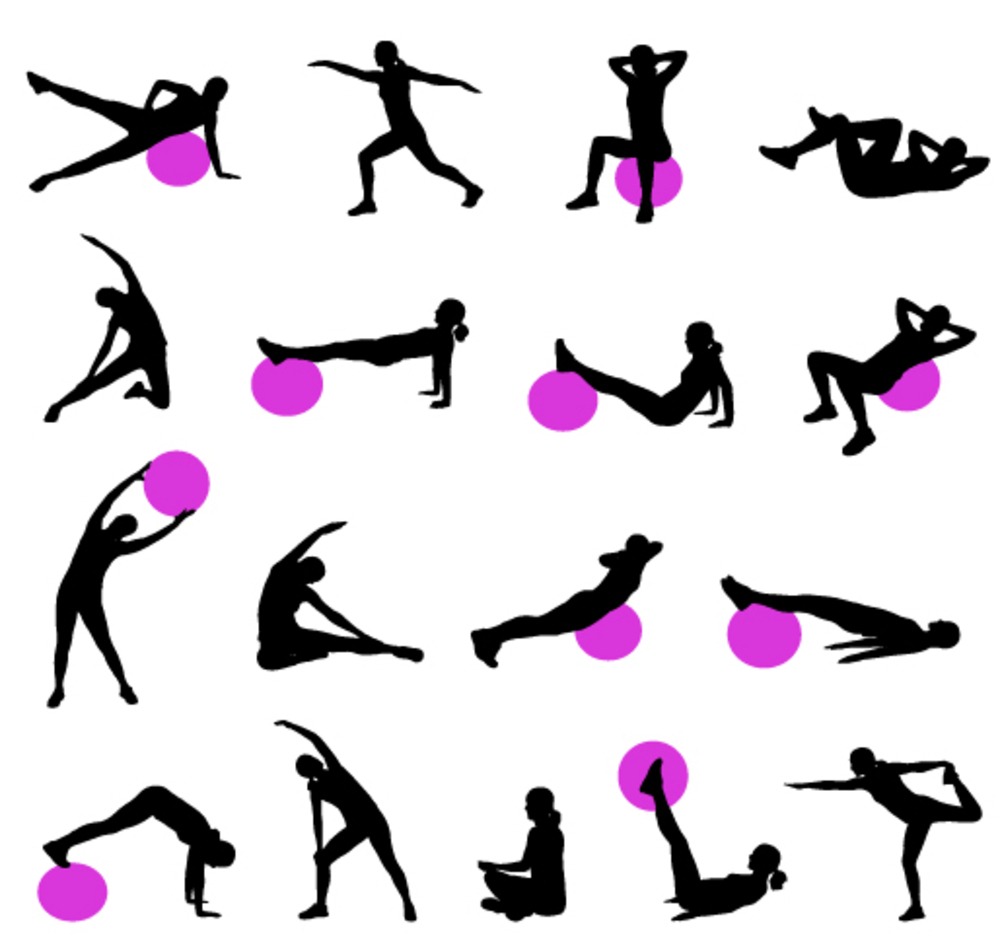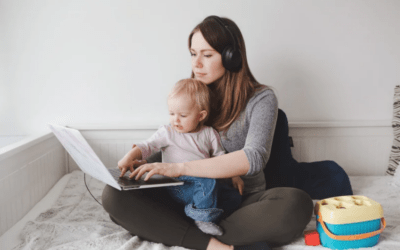As certain restrictions are eased and we start anticipating what life might be like over the coming months we’ve had a chance to analyse the impact of lockdown on the injury profiles we’ve been dealing with throughout this period.

Typically as a clinic we deal with all musculoskeletal injuries and persistent pain problems and in a normal week/month/year there is a clear pattern of presentation. Usually low back pain is number one, followed by neck pain and shoulder impingement.
Lockdown has seen different demands on the body and as such that has shown a spike in lower limb disorders especially Calf strains and Anterior knee pain now taking over as the top two reasons people are currently accessing physiotherapy with neck pain a close third.
At the beginning of lockdown it was a natural reaction to consider the role of exercise in managing our health and wellbeing. With so much emphasis on the potential for lockdown to affect our mental health it was sensible to use exercise as part of our strategy to stay well given the wealth of evidence of the benefit exercise has on physical and mental health.
Understandably most people decided lockdown was a time to really go for it and every morning started with a youtube workout and sooner or later you started discovering words like Tabata and HIIT and you started to think more was better. Unfortunately the enthusiasm can lead to excessive load or demand on these tissues especially if they are not used to it which can result in injury. Calf strains, Achilles Tendonitis and Anterior knee pain started to become a problem around weeks 4-6.
Analysing the data we can see that these lower limb injuries happened for different reasons in different age groups. In those below 40 years of age the injury was most likely to be as a result of increased frequency of running. Typically this group were frequent runners before lockdown but perhaps 3 times a week and with lockdown they started running 5 days a week, even everyday in some cases and often longer than they usually did.
The over 40’s but under 60’s started doing more home based exercise classes from youtube which involved a lot of body weight exercises such as squats and lunges. Often with their children and finding themselves competing with a flexible ten year old or growing teenager while doing mountain climbers or squat twists. This group also included people taking up running for the first time but not following a specific training program and unfortunately running into trouble.
The older age group developed calf strains taking on bigger projects in the garden or going out for their one bit of exercise a day as a longer walk than normal and then having essentially 23 hours of fairly limited activity. A case of all or nothing in this group rather than little and often.
Neck pain most commonly increased as a result of home working and poor ergonomic set ups but also an increased amount of time at the desk. It’s easy in times of stress or crisis to throw yourself into the things you feel you can control and for many work became that option. We also noticed that the little bits of activity that occurred throughout your normal day pre-lockdown such as going to the staff canteen for lunch or a quick walk or cycle to work or moving from meeting to meeting all helped to keep us more limber than we thought. Without the need to get up and away from the desk things stiffened up pretty quickly.
So what lessons can we learn from all of this. Well, hopefully we can avoid a second wave and another lockdown but if it comes, then we can certainly learn to manage our exercise load so we don’t fall into the traps above. Sometimes less is more and following a program designed to train you effectively is a much better way to do things. Finally if you have made gains to strength and conditioning in lockdown without suffering sprains and strains then don’t throw that all away as soon as restrictions ease. Keep going, set yourself goals and come out of this thing better than you went in to it.




0 Comments